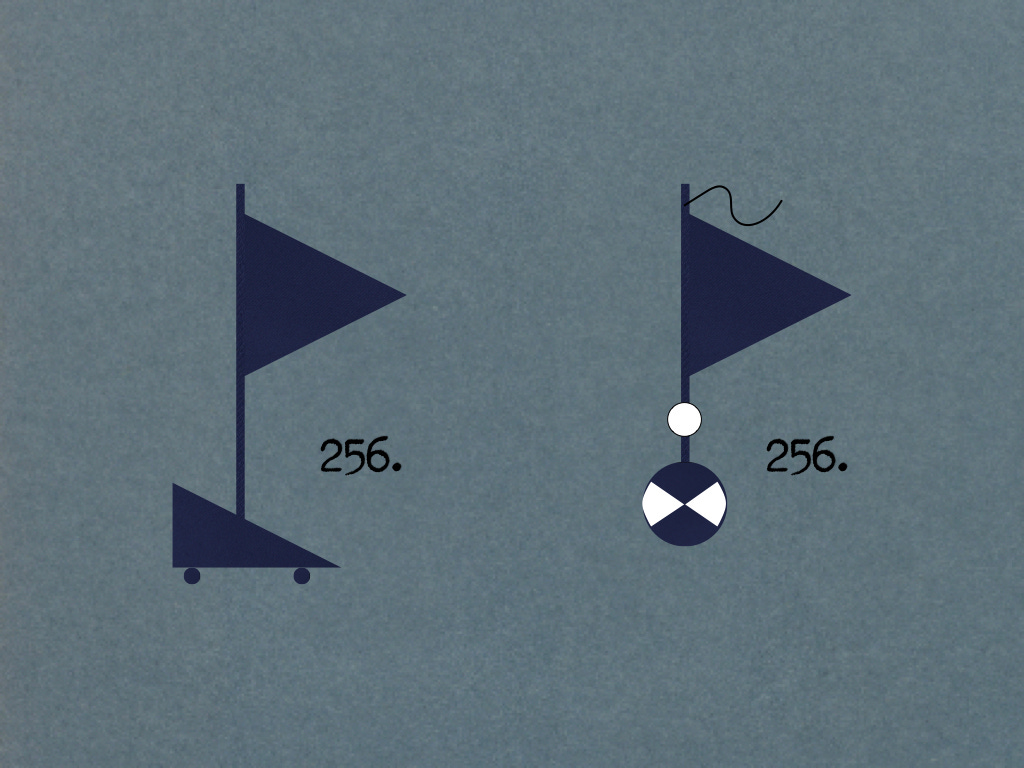A Division in the Defense (Part VI)
The motley collection of worn-down units that formed the reserve of the 256th Infantry Division served less a means of reacting to a crisis than the martial equivalent of a model-builder’s spares box. For situations that posed particular danger - what Germans serving on the Eastern Front had come to call a “burning point” (Brennpunkt) - the commanding general possessed a second reserve that was, at once, more mobile and more powerful than the first.
The 256th Füsilier Battalion formed the first element of this mobile reserve. The direct descendent of the division reconnaissance detachment of the 256th Infantry Division, the Füsilier battalion retained several features of its predecessor. For one thing, rather than calling its component companies “companies,” it referred to them as “squadrons.” For another, apart from those carried in motor vehicles, all men serving in the Füsilier battalion rode bicycles.
Thanks to its bicycles, the entirety of the Füsilier battalion needed but a few hours to move from a central location within the division sector to the place occupied by any of its far flung units. This made the unit an excellent choice for reinforcing threatened sectors and dealing with Soviet elements that managed to break through the German front lines.
In terms of structure the fusilier battalion bore a strong resemblance to the grenadier battalions of grenadier regiments. Indeed, it might well be described as “a grenadier battalion mounted on bicycles.” Because of this, the commanding general of the 256th Infantry Division could not for long resist the temptation to charge his Füsilier battalion with the defense of a front-line sector.
The second element of the reaction force of the 256th Infantry Division was the 256th Panzerjäger (Tank Hunter) Battalion. The only fully motorized battalion in the division, this unit enjoyed an even greater degree of mobility than the fusilier battalion. Unfortunately, this capability also made it possible for commanders at higher echelons to designate the tank hunter battalion as the reaction force for an army corps or field army.
Such borrowing may explain the strange absence of the 256th Panzerjäger Battalion from the documents produced by the 256th Infantry Division in February and March of 1944. The unit appears on distribution lists, but makes no appearance in the text of orders, after-action reports, or newsletters.
Source: Acte 159: Unterlagen der Ia-Abteilung des Grenadierregiments 481, Deutsch-Russisches Projekt zur Digitalisierung Deutscher Dokumente in Archiven der Russischen Föderation (German Docs in Russia)





